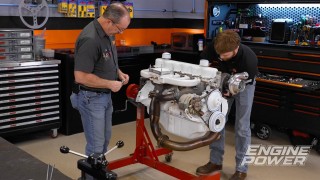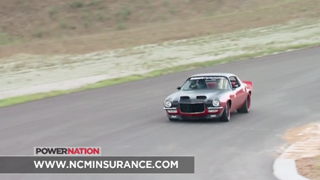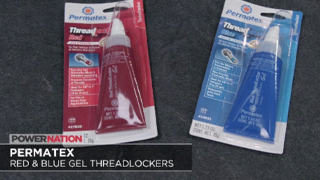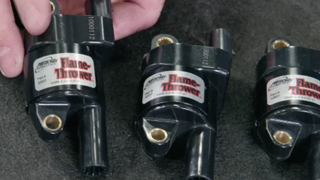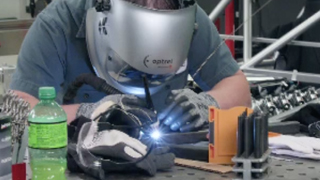Engine Power Featured Projects
Engine Power Builds
Want more content like this?
Join the PowerNation Email NewsletterParts Used In This Episode
Gold Eagle Co.
104 Performance, 303 Protectants and Cleaners, and STA-BIL® Carb & Choke Cleaner
ARP
ARP is the Official Bolt Supplier to Engine Power
Holley
Holley LS Accessory Kits
Matco Tools
MATCO Tools are the Official Tool Supplier to Engine Power
The Industrial Depot
Tools, Hardware, and Shop Supplies










